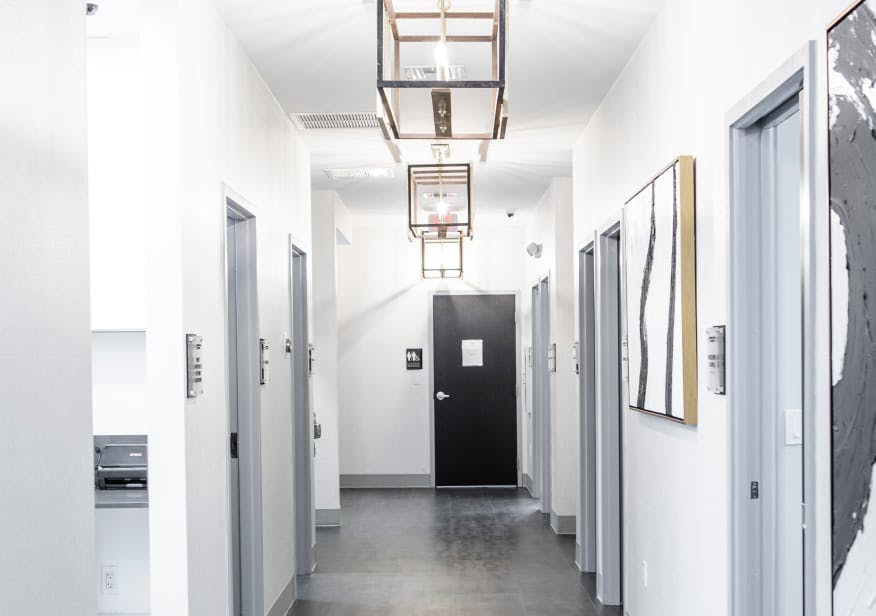Radiofrequency ablation is a non-surgical treatment that uses highly advanced radiofrequency energy to address a wide range of common issues related to chronic pain.
Radiofrequency Ablation (RFA) is a minimally invasive procedure that helps patients by effectively reducing the presence of frustrating, chronic pain. It involves using radiofrequency energy to heat and destroy the nerve fibers carrying pain signals to the brain.
The main therapeutic goal of RFA is to provide lasting pain relief by deactivating the nerves responsible for sending pain signals while also helping us identify the specific nerves causing your pain, ensuring that the treatment is accurately targeted. This dual approach can ensure accurate pain signal interruption and spondylosis pain management.
Radiofrequency ablation is a common non-surgical procedure loved by patients for its ability to effectively offer long-lasting pain relief. Ready to learn more? Reach out to the Advanced Relief Institute and set up your initial consultation at one of our convenient locations today.








